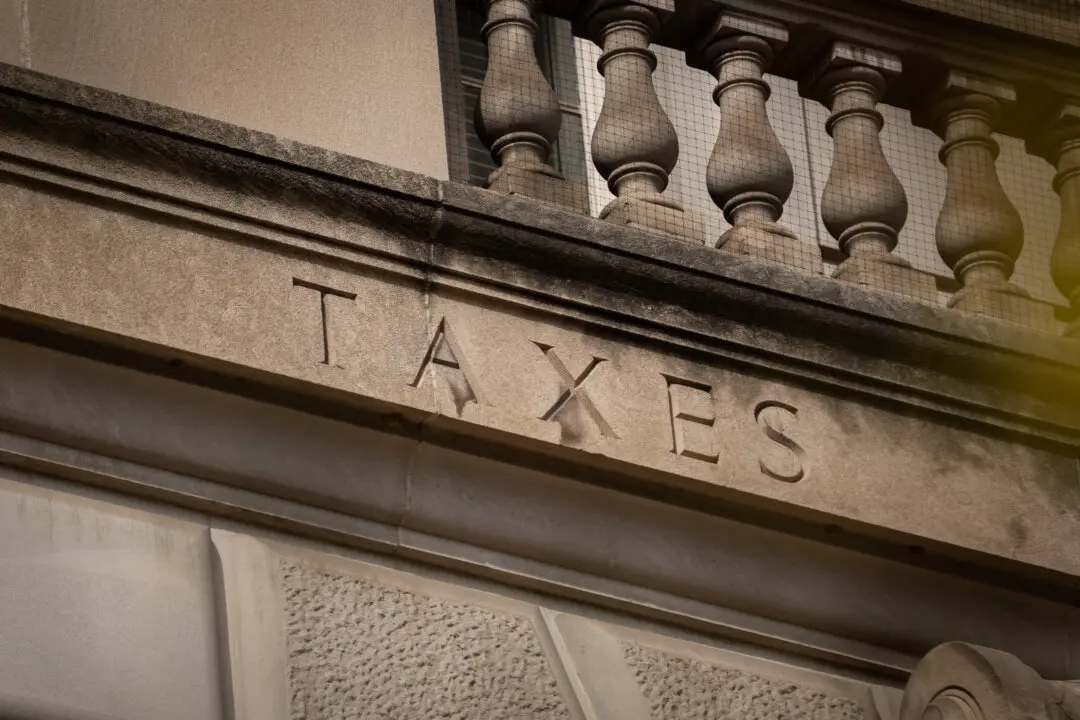A Mayan “ritual cave” that was untouched for 1,000 years was discovered by Mexican archaeologists.
The cave system, which was possibly sealed for millennia, is located under the ruins of the Mayan city of Chichen Itza, which was believed to have been founded at around 750 AD.





